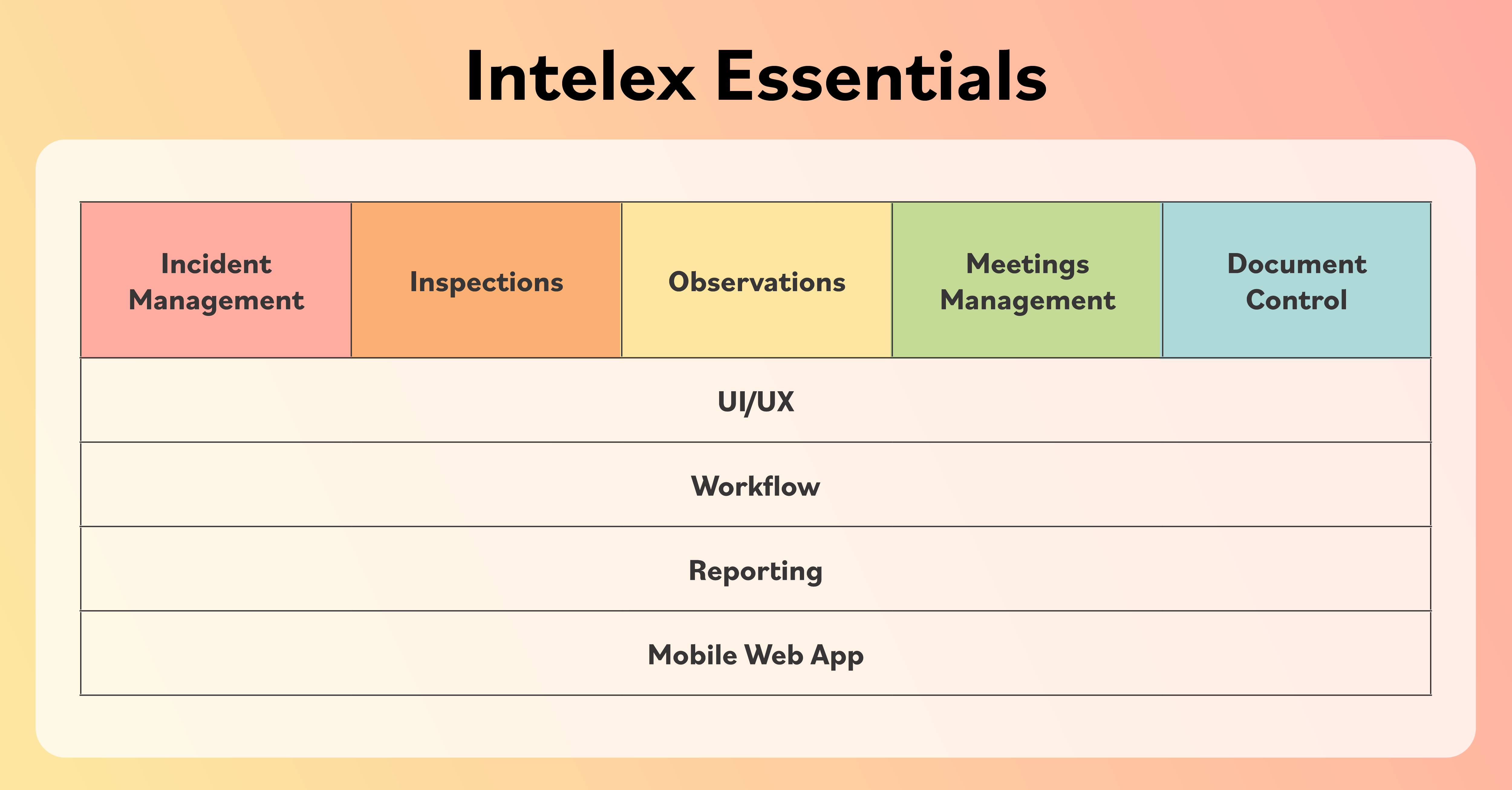How ESG & IoT Create Smarter Businesses
May 4, 2021

There’s no doubt about it; businesses are becoming smarter. They are ramping up their environmental, social and governance (ESG) strategies to score a win-win. They are increasing business profitability while boosting sustainability performance, building a strong social contract and embracing more progressive governance.
Over the next decade, technology will make it easier for companies to reduce their energy needs and carbon footprint. Renewable energy generation is skyrocketing, companies are investing in smart buildings and factories to reduce energy consumption and large vehicle fleets are transitioning from high-emission internal combustion engines to hydrogen-powered or fully electric. The rapid growth in capabilities of other new technologies such as AR/VR, drones, robotics and the internet of things is accelerating the pursuance and performance of ESG .
What is the Internet of Things (IoT)?
The Internet of Things (IoT) is a global network of endpoints, sensors and actuators that are wirelessly connected to interact and exchange data in real-time. The IoT extends cloud computing beyond desktops, laptops, tablets and smartphones to encompass everyday devices such as cars, watches, eyeglasses, household appliances and doorbells. The list of IoT devices, their capabilities and applications are extensive, and growing every year.
Over the last few years interest in the IoT has almost halved, while interest in ESG has more than doubled. But don’t assume that’s because people and business are not interested in the IoT. The more likely reason is that it has become commoditized. By 2025, there are expected to be over 75 billion connected IoT devices in use globally. These devices will be connected in the home, the office, on the farm and on the factory floor.
The Value of IoT
Many more endpoints in the home, office and factory are just a piece of the IoT success story. The real value of the IoT is the wealth of real-time, actionable data that these endpoints capture and communicate 24 hours a day, 365 days a year. A recent study projected that by 2025, the world’s billions of IoT endpoints would generate almost 80 zettabytes (80 trillion gigabytes) of data. Much of this data will be archival, such as HD video feeds from security cameras. But there will be plenty of useful sensor data that can be acted upon immediately, such as:
- Noxious gas detectors in chemical plants that trigger alarms and emergency responses.
- Soil moisture sensors in farm fields that lower water consumption and increase yields.
- Motion detectors in office buildings and factories reduce energy consumption by turning off lights and reducing ambient temperature.
Data Promotes Change
Sensors reporting useful and actionable data is the basic value proposition of the IoT. Broad deployments of connected sensors capture and transmit data to enable either automatic reactions by actuators (valves, switches and relays) or detailed analysis, planning and action by humans to improve processes and make them safer. Business process improvement has always relied on the basic principle of Peter Drucker, who famously said, “If you can’t measure it, you can’t improve it.” Capturing accurate data from remote IoT sensors offers companies the benefit of instant, intelligent reactions and the possibility of long-term, beneficial actions.
Let’s walk through a real-world example using fixed or wearable gas sensors inside a chemical plant. It is critical that workers stay hyper-aware of hazards in their work environment, and risks and threat levels can change in a heartbeat. When something goes wrong, like a chlorine, methane or carbon monoxide leak, you need instant awareness and a quick, effective response to the incident. This could start with automatic alerts, a klaxon and flashing light immediate area, together with a companywide bulletin or announcement, and immediately followed by increases in air flow, doors locking and dispatching a properly protected hazmat crew for cleanup. Analysis of the incident and any similar events allows EHS professionals to improve company assets, infrastructure, processes and work standards to prevent reoccurrence.
This scary scenario is exactly what Intelex HazardIQ is designed to manage. It is an end-to-end alarm, reporting and incident management solution that protects front-line workers, manages safety incidents and optimizes corrective and preventative action programs to bolster a culture of continuous safety improvement.
Change Helps Build Smarter Businesses
Smart businesses employ technology and uses data to continuously evolve and improve their operations, while keeping their workers healthy, happy and safe. This is true whether the motivation is to improve the top line (sales and revenue), optimize the bottom line (profitability) or achieve more tactical company goals for ESG, health and safety or regulatory compliance. Deploying more IoT devices means more useful data, which is essential for building a better, smarter and more competitive business. Working together, the IOT and ESG create smarter businesses.







